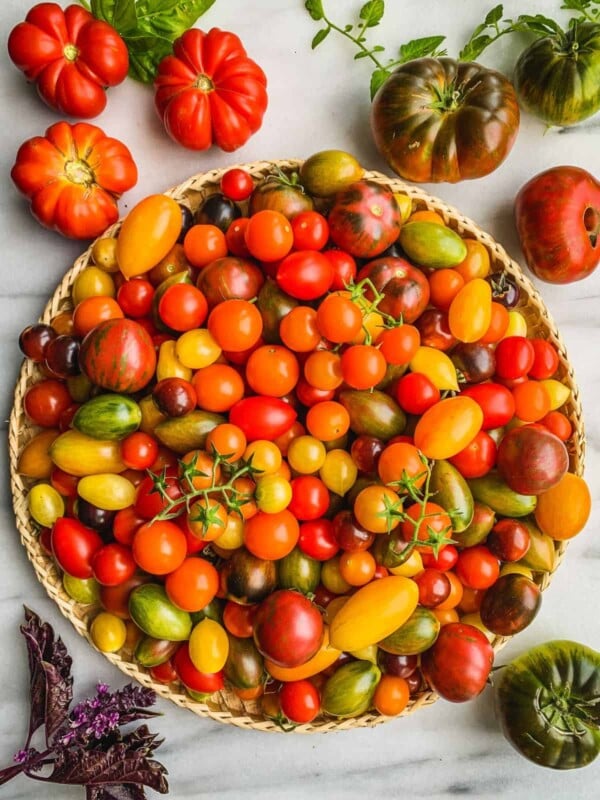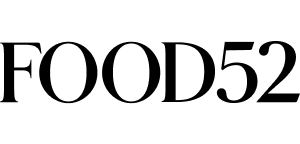First of I want to stress that you don’t need a backyard to grow your own food. If you’re an apartment dweller, you can grow food in pots on your balcony. No balcony? No problem! There are hydroponic kits available for you grow herbs and other crops indoors (Ikea is now producing kits and selling them in the UK. When they will make it to North America is still unknown, but there are other options available). If getting your dirt under your nails tickles your fancy, contact your city parks and recreation office and inquire about an allotment plot or community garden.
When I started growing food, I used containers on my 1st floor balcony. The balcony was getting barely any sun, and was surrounded by other buildings. But I was still able to grow cherry tomatoes, herbs, cucumbers and flowers.
Table of Contents
Building raised beds:
Today, I am fortunate to have a south-facing backyard that is fenced in and gets a continuous supply of sun. This urban yard is small, but has been producing food for a few years and I am very grateful. The first year, I used a hodgepodge of containers purchased from the dollar store. In 2017 I decided that raised beds were the best option as they addressed several key factors:
- The backyard is used for entertaining, so aesthetics certainly played a role
- Raised beds warm up faster in the spring, meaning I could get a head start on the planting season.
- Raised beds allow you to control plant spread and employ more intensive planting techniques (like the square foot gardening method for example)

Dimensions and Materials
There are many ways to build raised beds. I used cedar boards, as they are naturally rot resistant (and there’s no way I will use chemically treated boards for beds that will grow food). I chose 2″x6″ cedar boards which will provide sturdiness and longevity to the beds. Each bed is 18 inches high (3 boards tall). I used cedar 2″x4″ boards as the corner pieces. In order to fit my limited space, I built 3 wide beds (4’x6′) and 3 narrow beds (2’x6′ and 2’x4′) that were placed against the fence.
One thing I did not do (and regret it immensely) was install hardware mesh (hardware cloth) at the bottom of the beds to prevent burrowing animals (rats, mice, voles, groundhogs…) from playing house in there and stealing your produce. I don’t mind sharing some of my organic produce with the local wildlife, but not all of it! Hardware mesh is like chicken wire, but with much smaller openings. So if you’re building new beds, don’t be lazy like me. Definitely install hardware mesh!
Once built and placed in their forever spots on top the old lawn, I lined the bottoms with cardboard (to smother the grass) and filled with old potting mix, triple mix, top soil, peat moss and lots of sheep manure. I was looking for a rich, loose and airy medium, so the peat moss certainly helped. If I was to do it again, I would use coco coir, the byproduct of coconut harvesting. Peat moss comes from peat bogs, and is considered to be harvested at unsustainable rates by some.
Maintaining raised beds:
Every spring I amend the beds with organic fertilizer, chicken manure pellets and, for the first time this year, worm castings. I also top the beds up with manure/triple mix. The soil quality has been improving over the years and I’m seeing more and more worms going their thing in there (that’s a good thing!).
Worm castings also known as vermicompost, vermicast or “black gold” is essentially worm poop. As worms digest food waste and other organic matter, they produce a wonderful, nutrient rich fertilizer and soil amender.
Soil biology is critical for healthy plants and abundant harvests. You can buy the most expensive seedlings from the fanciest nurseries but if you don’t have a good quality growing medium or a healthy soil microflora, then you will be disappointed. Feed your soil and it’ll feed you in return.











